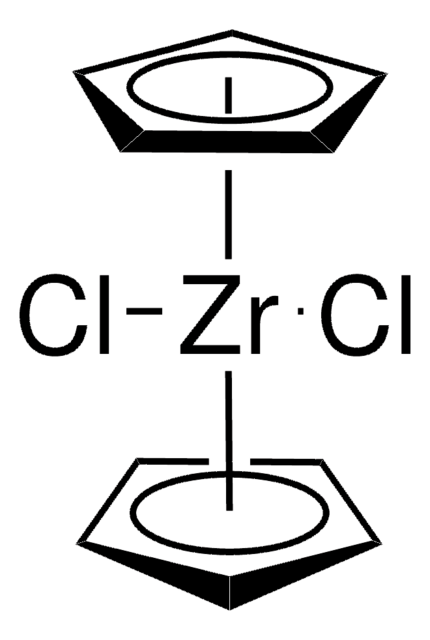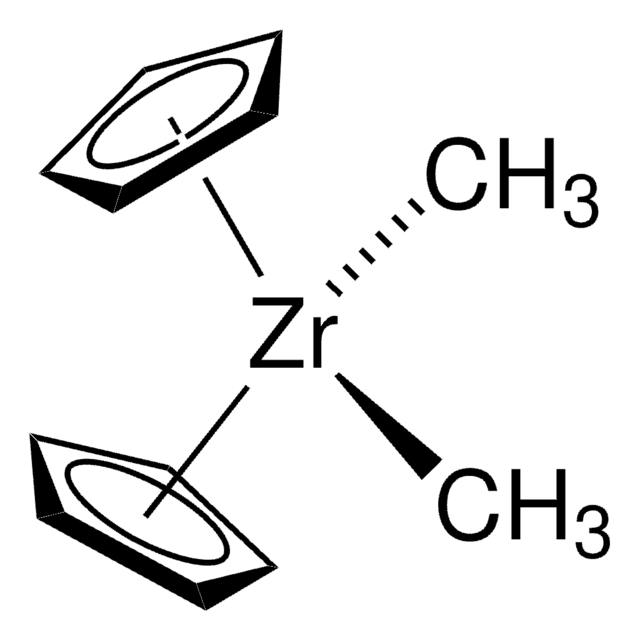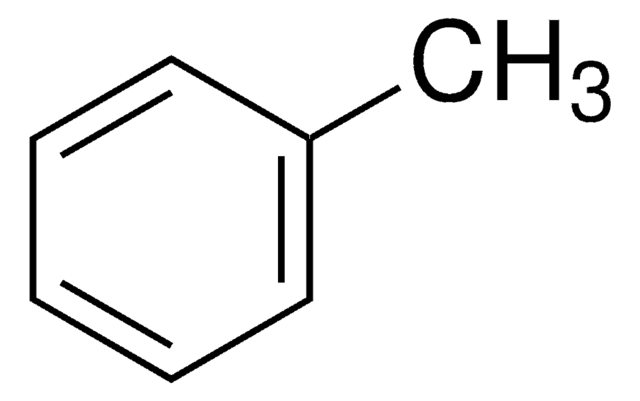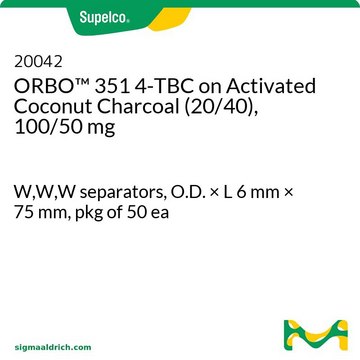SAB1305539
MONOCLONAL ANTI-GST TAG antibody produced in mouse
clone 9AT106, IgG fraction of antiserum, buffered aqueous solution
Synonym(s):
Hexahistidine-HIS
Select a Size
₹12,991.00
Select a Size
About This Item
₹12,991.00
Recommended Products
biological source
mouse
Quality Level
antibody form
IgG fraction of antiserum
antibody product type
primary antibodies
clone
9AT106, monoclonal
form
buffered aqueous solution
technique(s)
western blot: 1:2,000
isotype
IgG1
shipped in
wet ice
Related Categories
1 of 4
This Item | 20211 | 20042 | 20265 |
|---|---|---|---|
| material W,W,F separators | material W,GFF,F separators | material W,W,W separators | material GFF,F,F separators, silica gel |
| composition Bed A, 400 mg , Bed B, 200 mg | composition Bed A, 400 mg , Bed B, 200 mg | composition Bed A, 100 mg , Bed B, 50 mg | composition Bed A, 400 mg , Bed B, 200 mg |
| agency ASTM® D3686, OSHA ID-186SG, NIOSH 1001,1006,1009,1017,1018,1024,1606,1615,2516,2519 | agency NIOSH 6013 | agency OSHA 56 | agency NIOSH 2011,7903, OSHA ID-165SG,ID-174SG |
| technique(s) active air sampling: suitable | technique(s) active air sampling: suitable | technique(s) active air sampling: suitable | technique(s) active air sampling: suitable |
| product line ORBO™ | product line ORBO™ | product line ORBO™ | product line ORBO™ |
| packaging pkg of 50 ea | packaging pkg of 25 ea | packaging pkg of 50 ea | packaging pkg of 50 ea |
Physical form
Disclaimer
Not finding the right product?
Try our Product Selector Tool.
Storage Class Code
10 - Combustible liquids
Flash Point(F)
Not applicable
Flash Point(C)
Not applicable
Choose from one of the most recent versions:
Certificates of Analysis (COA)
Don't see the Right Version?
If you require a particular version, you can look up a specific certificate by the Lot or Batch number.
Already Own This Product?
Find documentation for the products that you have recently purchased in the Document Library.
Our team of scientists has experience in all areas of research including Life Science, Material Science, Chemical Synthesis, Chromatography, Analytical and many others.
Contact Technical Service

![Dichloro[rac-ethylenebis(indenyl)]zirconium(IV)](/deepweb/assets/sigmaaldrich/product/structures/296/699/b249f923-58d9-45b3-bd63-b110942453d3/640/b249f923-58d9-45b3-bd63-b110942453d3.png)










